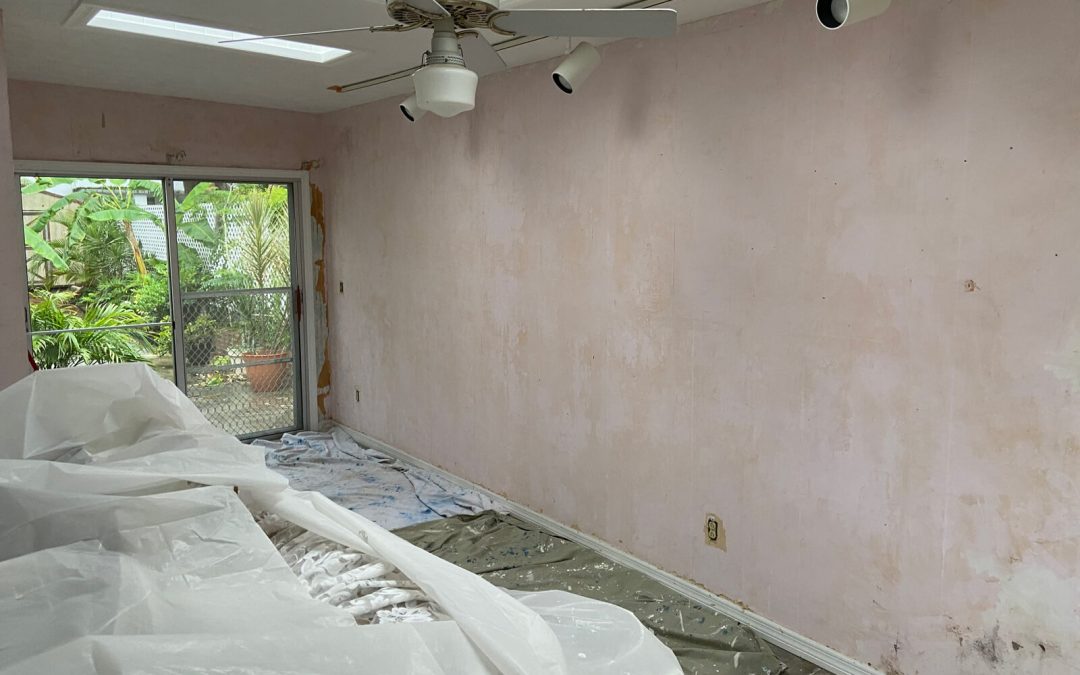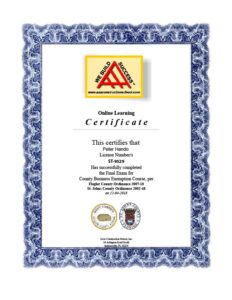Repainting your walls can breathe new life into your home, but before you can apply fresh paint, you need to remove the old paint. Removing old paint is a crucial step in the painting process because it ensures that the new paint adheres properly to the surface. In this article, we’ll discuss the best tips and tricks for removing old wall paint before repainting.
Why Is It Important to Remove Old Wall Paint Before Repainting?
There are several reasons why it’s important to remove old wall paint before repainting. First, old paint can become brittle and flaky, which can cause the new paint to peel or crack. Second, if the old paint is uneven or has bubbles, it can create an uneven surface that will be visible through the new paint. Finally, removing old paint allows you to check for any damage or cracks in the wall, which can be repaired before painting.
During the lifetime of every home there will be a point when a fresh coat of paint is required. Even if the walls are in good condition, if there are too many layers of paint, adding another will only strain adhesion creating an uneven surface and could add other imperfections to deal with. We must make sure we properly clean our surfaces so that the new layer will cure correctly and level out beautifully.
Tools You Need to Remove Old Wall Paint
Before you start removing old wall paint, you’ll need the right tools. Here are some tools you may need:
- Paint scraper
- Putty knife
- Sandpaper (80-120 grit)
- Paint stripper
- Heat gun
- Protective gear (gloves, safety goggles, respirator mask)
How to Remove Old Wall Paint
There are several methods you can use to remove old wall paint. Here are some of the most common:
- Sanding: Sanding is a simple and effective way to remove old paint. Use a sanding block or power sander with 80-120 grit sandpaper to sand off the old paint.
- Scraping: Scraping is another method for removing old paint. Use a paint scraper or putty knife to scrape off the old paint.
- Chemical Stripping: Chemical stripping involves applying a paint stripper to the surface to dissolve the old paint. This method is best for difficult surfaces or thick layers of old paint.
As a professional painter, I recommend repainting every 2-3 years for the best aesthetic and durability for your home. If you go too long without maintaining your walls, the original paint could easily lose its original properties and structure. Over the course of time, it could come off, or become dull from its original sheen and cracks may also appear. You can check the deterioration level of the paint by usings a sharp tool to carefully scratch the surface and see if the topcoat easily comes off. If not, give the wall a good cleaning and you’re ready to paint!
Glue Paint/wet wall paint removal
In the past, people used a very light application of glue paint to adhere to a thin, cheap paper covering. Yes, it was popular because it was an easy and inexpensive solution to cover the walls, but it has become very antique in style and technique – maybe it’s long overdue to remove this material and refresh your home with a quality covering. Since this style is more decorative than practical, there is a large disadvantage when it comes to getting rid of it – glue paint is neither water soluble nor abrasion resistant. It must be completely removed before repainting over it.
Since glue easily breaks down with moisture, so we can easily remove it from our walls: after scraping all the unwanted paper off, use a brush or roller to soak the glue layer with detergent or a lubricating soap and water to thoroughly wash it and remove it from the wall. At this point the layer will be soft enough to scrape it off entirely. This method will also clean/prepare the wall for a new paint covering without causing a lot of dust once the process is finished.
Water based wall paint preparation
Water based paints are most commonly used for interiors because the color retention is excellent, they are low in harmful fumes – as well as protect against corrosion, mold and mildew. They preserve the original condition of the wall for longer, however consider the sheen of the paint – of dirt, food or oils touch the surface and gets dirty, sheen will determine how easy it will be to clean.
Before removing any paint, check first in the corners to see if there is old paint discoloration you will want to focus on and cover up. If there is a lot of dirt and grim in the corners or on the wall itself, remove any loose particles with a scraper or wire brush before they form hairline cracks. Any imperfections, holes or uneven areas of the wall can then be filled in with spackle or even glue if parts of the wall itself come loose. If there are too many layers of paint on the way, it may be a good idea to scrape off the old layers during this step of the process.
After all cleaning/repairs are finished, dust off the wall by wiping it down with a damp cloth to ensure an ideal surface to repaint on. As far as a repaint goes, priming is not necessary, as long as all paint has either been removed or you are using water based paint over another water based paint. If there are water stains on the wall, priming is necessary, otherwise the stains will eventually seep through the paint.
Tips and Tricks for Removing Old Wall Paint
Here are some tips and tricks to help make the process of removing old wall paint easier:
- Wear Protective Gear: When removing old paint, it’s important to wear gloves, safety goggles, and a respirator mask to protect yourself from dust and fumes.
- Work in a Well-Ventilated Area: When using paint stripper or sanding, make sure you work in a well-ventilated area to avoid inhaling fumes or dust.
- Test for Lead Paint: If your house was built before 1978, it may contain lead paint. Test for lead paint before removing old paint, as it can be hazardous to your health if ingested or inhaled.
- Use a Paint Stripper for Difficult Surfaces: If you’re having trouble removing old paint, use a paint stripper to dissolve the paint and make it easier to scrape or sand off.
- Sand Between Coats: If you’re repainting the wall, sand between coats to create a smooth and even surface.
If you think it’s time to paint, call us and ask for a personalized quote! 1(904)217-9681
If you would like to read more about paint preparation, then I recommend taking a look at some of my previous articles:


